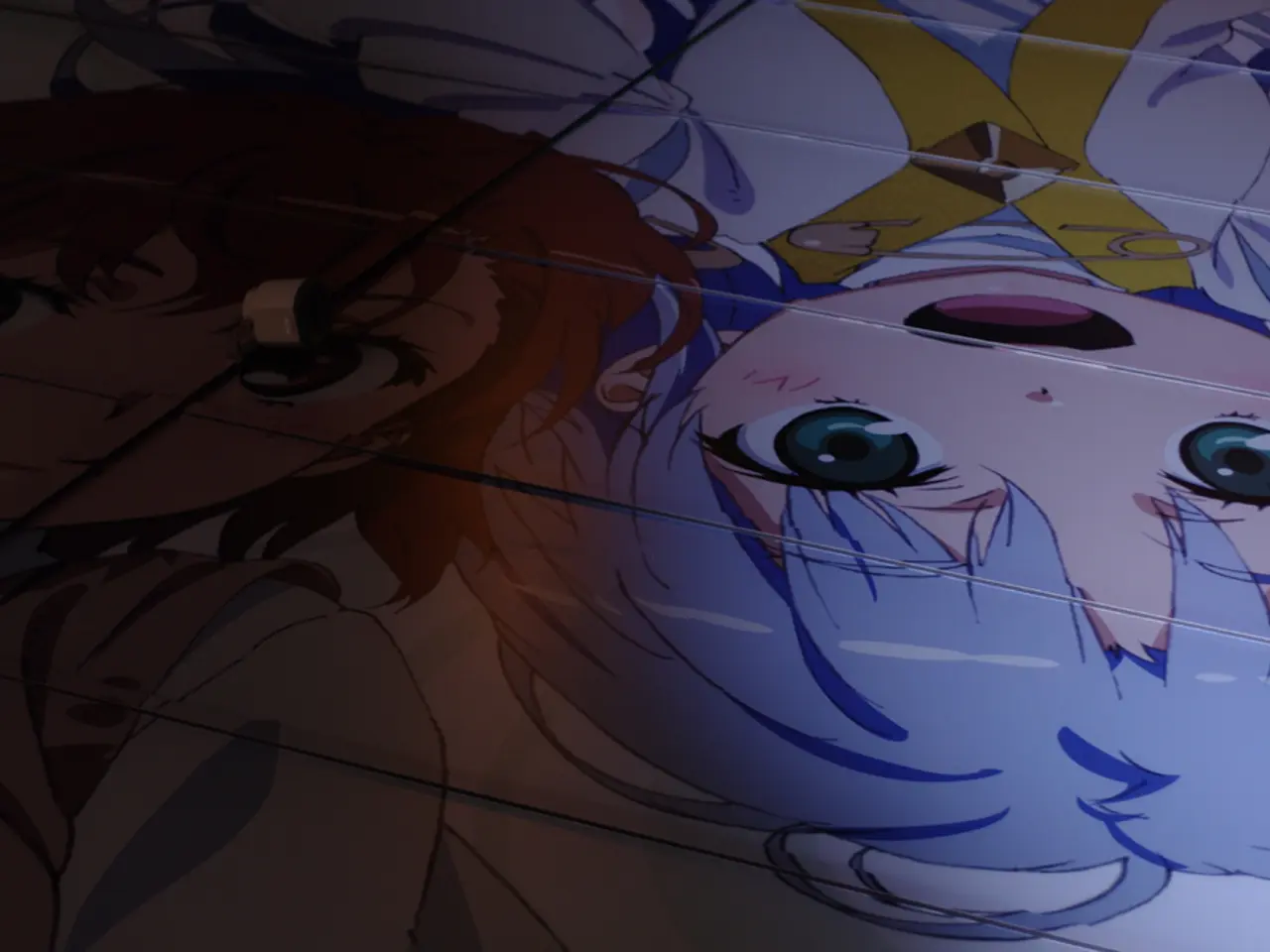Thirty years ago marked the preparatory stage for Gundam Wing, ready to revolutionize the anime world.
In the year 2000, a significant event took place that would forever change the landscape of anime fandom in the West. Gundam Wing, a series that first aired in Japan in 1995, made its debut on Cartoon Network’s Toonami block, introducing the Gundam franchise to a whole new audience[1][3].
Before Gundam Wing, the Gundam series was mainly known in Japan since its original 1979 debut, but Western exposure was limited. The success of Gundam Wing sparked a surge of interest in mecha anime and established the Gundam franchise as a staple outside Japan[3].
The series was marked by its complex themes of war, morality, and politics, as each Gundam pilot represented a different ideological response to war and the desire for peace[1]. This narrative depth pushed Gundam beyond just a mecha spectacle and gave Western audiences a more nuanced understanding of anime’s potential for mature storytelling[3].
Gundam Wing's impact on the Gundam franchise was profound. It helped diversify the franchise’s appeal internationally by expanding the thematic scope beyond original Universal Century timelines, encouraging Sunrise to explore multiple universes and narratives[1].
The series reinforced Gundam’s core motif of technology as a double-edged sword—both protector and destroyer—explored through character-driven storytelling focused on the consequences of war[1]. It also contributed to the broader adoption of Gundam’s narrative and aesthetic elements in later series, including more contemporary and varied settings and high production values[2].
Moreover, Gundam Wing inspired the Gundam franchise to embrace global distribution models, extending its reach worldwide and driving international popularity that early Western hits like Gundam Wing helped develop[2].
Set in the year After Colony 195, Gundam Wing was a story about the colonies, with a group of scientists building five Gundams and sending them to Earth with young, specially trained pilots[1]. The series was streaming on Crunchyroll, and as of now, the latest show in the Gundam franchise, GQuuuuuuX, is set to begin this week.
In Japan, thirty years ago, Heero Yuy threatened to kill Relena Peacecraft, one of the main characters in Gundam Wing. The series featured five members in the Gundam Team: Heero, Quatre, Trowa, Wu Fei, and Duo[1].
Today, Gundam Wing remains relevant for 30-somethings with a fondness for Just Communication, and its impact on the Gundam franchise and anime fandom as a whole continues to be felt[3].
[1] IGN (2021). Gundam Wing: 25 Years Later, the Show's Legacy Endures. [https://www.ign.com/articles/gundam-wing-25-years-later-the-shows-legacy-endures]
[2] Anime News Network (2015). Gundam Wing Turns 20: A Look Back at the Series that Launched the Franchise in the West. [https://www.animenewsnetwork.com/feature/2015-04-07/gundam-wing-turns-20-a-look-back-at-the-series-that-launched-the-franchise-in-the-west/.127884]
[3] Kotaku (2015). How Gundam Wing Changed Anime Forever. [https://kotaku.com/how-gundam-wing-changed-anime-forever-1721391213]
- The success of Gundam Wing on Cartoon Network's Toonami block in the year 2000 sparked interest in the technology of mecha anime, as seen in subsequent Gundam series and other anime productions that showcased high production values and varied settings.
- The impact of Gundam Wing on entertainment extends beyond anime, with its exploration of the role of technology, war, morality, and politics influencing television shows and movies that delve into mature themes.
- Alongside its influence on mecha anime and television shows, Gundam Wing and its future installments contributed to the evolution of entertainment distribution, with the Gundam franchise embracing global distribution models that expanded its reach and popularity worldwide.








